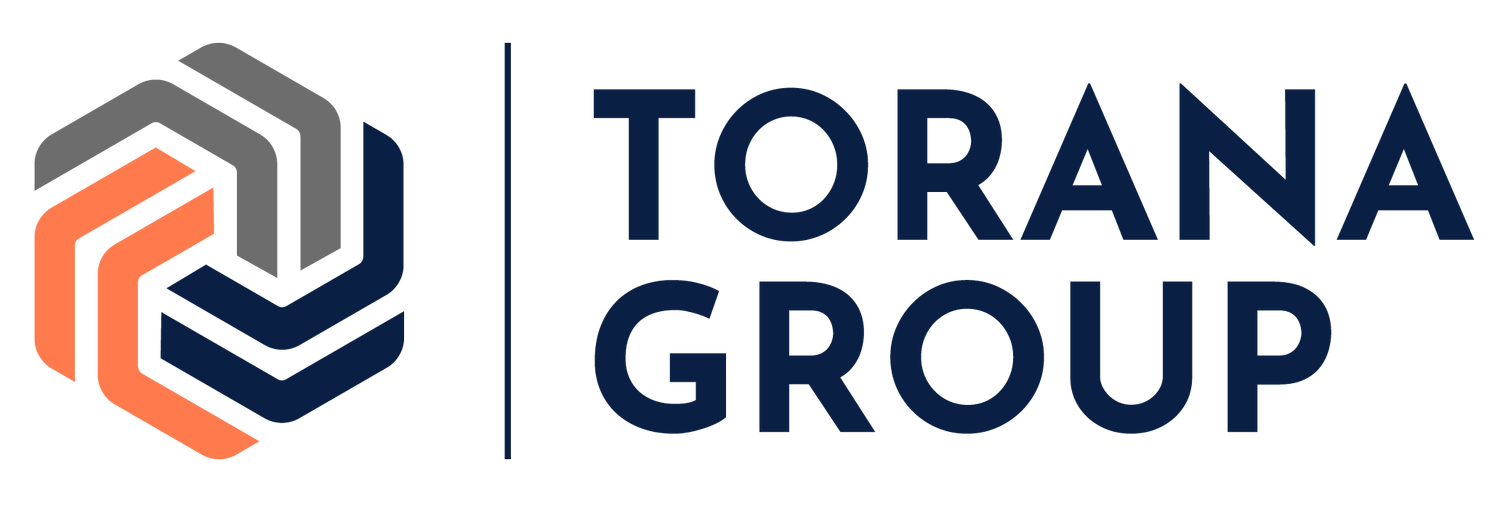
OUR THESIS
The Essential Owners Fund invests in and acquires middle market, essential industry companies and utilizes employee ownership as a tool to create economic stability for essential workers, reduce operating volatility for companies, and generate meaningful returns for investors.
Why invest in employee ownership?
Stronger overall business*:
8.21%
HIGHER VALUATIONS COMPARED TO COMPANY MEDIAN
+10.3%
HIGHER NET PROFIT MARGIN
30%
SALES OVER 10 YEARS
More stable employee base*:
5-12%
HIGHER WAGES
20%
MORE RETIREMENT ASSETS
53%
LONGER MEDIAN JOB TENURE
*Sources: NCEO research; Dept, of labor data https://www.dol.gov/sites/dolgov/files/ebsa/researchers/statistics/retiremnment-bulletins/private -pension-bulletin-historical-tables-and-graph.pdf ; NCEO, Kellogg Foundation, Dept. of Labor, https://www.ownershipeconomy.org/
Owner Benefits:
POTENTIAL FOR TAX- ADVANTAGED EXIT
Owners sell the company at a market price and transition ownership in a way that can produce tax advantages for both owner and company
OPPORTUNITY FOR IMPACT ON LEGACY
Owners can share the success of the business with the people who helped build it.
OPTION TO STAY INVOLVED
Owners can sell part or all of the business depending on their goals and transition plans.
Our Unique Value Proposition vs. Private Equity
01
We can customize the employee ownership structure to your unique need.
02
We stay around post transaction to implement the EO structure, align the team, and support strategy.
03
We have deep F&B networks across sales, operations, innovation and business strategy through our investors and LPs.
04
We are patient capital, backed by family offices with long timelines, that value strategy over speed.
Flexibility to invest across a range of structures
Employee ownership can take several different structures, including:
Stock Awards
Stock awards give employees an award based on the value of the company’s stock at a specified period of time.
Employee Owned Trust (EOT)
EOTs preserve the business for the benefit of employees, who can receive a share of the company’s annual profits through dividends.
Employee Stock Ownership plan (ESOP)
An ESOP is a qualified retirement plan used to transfer a company’s stock to a trust administered on behalf of employees. Details on how ESOPs are implemented can be found here.
Industry Focus
-

Food and Beverage
-

Agriculture
-

Healthcare
Investment Criteria
$15M+ to $100M in revenue
Over $1 million in EBITDA (or a compelling track record of positive or increasing EBITDA)
50+ employees
Available debt capacity
Strong and continuing executive or management team
Owners and leaders willing to explore shared ownership structures
Opportunity for measurable improvements to employee wages, wealth, and or working conditions while preserving enterprise value


